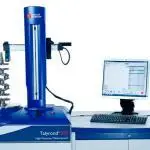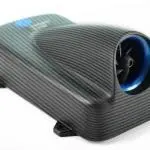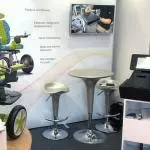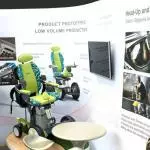With in-mould painting the overall size of the RIM part does not change – the painted part will be size for size with the CAD data.
RIM is the result of a reaction between two liquid components isocyanate and polyol as they are injected into a closed mould at low pressure. The two components are mixed together as they flow into the mould as a low viscosity liquid and the reaction – which increases the temperature and the pressure at the surface of the tool – forms the polyurethane part in the tool cavity. Polyurethane resins for RIM production have grown into a broad range of formulations with particular mechanical and processing characteristics.
Rapitypes have produced RIM parts for more than 15 years now and can provide anything from flexible elastomer substitutes, through foam-core parts, to extremely rigid, solid and thin walled components. Parts can be primed, painted or surface treated with graphics to simulate various textures such as carbon fibre. However, our in-tool coating processes make our output hard to beat.
In-Mould Coating & Painting
The key advantage of the in-mould painting technique, is that the overall size does not change. The tolerances and clearances are unaffected as the coated part will be size for size with the CAD data. This also means no allowance is needed for paint thickness at the design stage.
With in-tool painting the surface of the part is coated in the tool before the main material is injected. There are a number of advantages with this method of finishing:
- The coating is chemically bonded to the substrate.
- The coating’s appearance replicates the surface quality of the tool faces – so a smooth or textured finish will be consistent.
- The coating and substrate are pigmented the same colour to ensure continuity even if wear and tear takes place.
- We can coat in low-shore materials to give soft touch surfaces out of the tool.
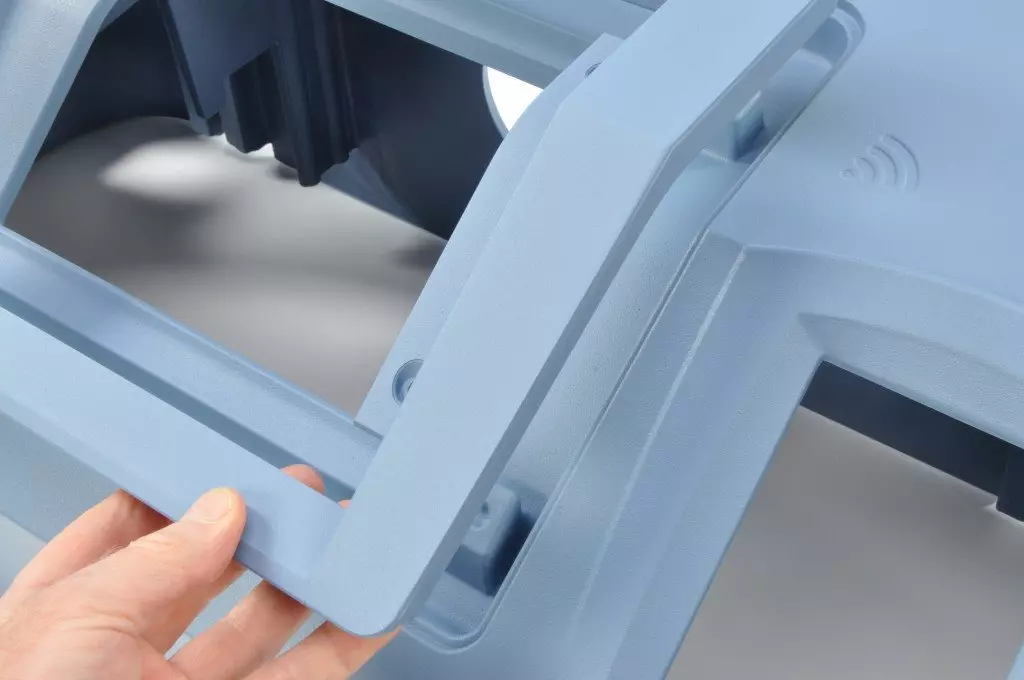
Note: With post painting the part must be re-sized to accommodate paint thickness on parts that are required to fit closely together.
Further Advantages of using Rapitypes for RIM manufacturing
Besides our extensive history of tool-making and moulding, our team’s experience and love for the job, there are a few other things that set us apart in our field.
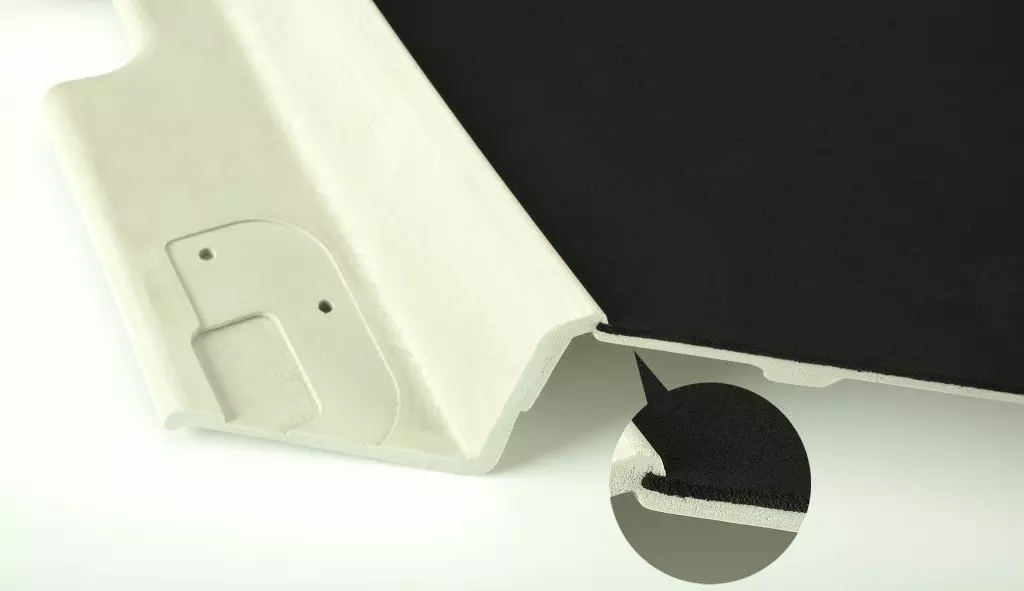
- We can mould any section, but especially those typical of injection moulding, which tend to be thinner.
- We can use agents to reduce the density of the material down to 0.5 in order to reduce the weight of the part.
- Parts can be moulded with embedded glass or aramid fibre reinforcement. This pairs well with the point mentioned above – the low density fill will create stiff, lightweight parts with good impact resistance.
- We can also create soft touch surfaces with in-tool moulding of foamed sheet materials during the RIM process.
If you have any questions about reaction injection moulding or any of the other services we provide at Rapitypes, please don’t hesitate to get in touch. You can read much more about it here, on our RIM Polyurethane page.



